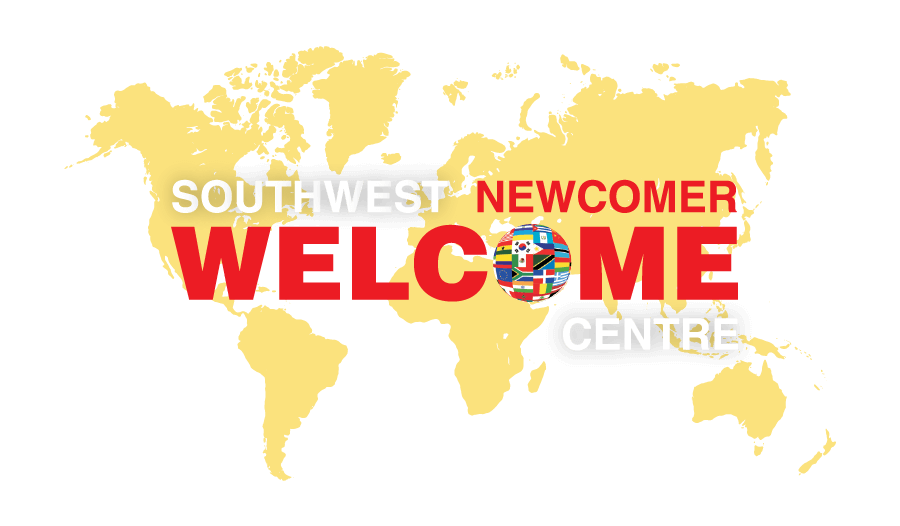Economic Recovery Work Experience (ERWE) Initiative Completed!
The ERWE was a one-year project initiated by the Government of Saskatchewan in response to the impacts of Covid -19 pandemic on the economy, providing support to employers for a maximum of 16 weeks.
The Southwest Newcomer Welcome Centre in Swift Current was able to establish a positive relationship with employers in the southwest region of Saskatchewan. Owing to this approach, seventeen (17) different local organizations benefited from the program funding. All the participating employers have made tremendous efforts to comply with the provisions of the contract to assist the participants in transitioning to new employment. These employers have successfully provided meaningful and inclusive employment opportunities to our clients who were hitherto unemployed or underemployed.
The main highlights and accomplishments of the program in the last quarter of the year are described below:
1. In the last quarter of 2022, two (2) more participants were able to obtain and maintain employment with Southwest Homes Inc and Natural Wonders Early Learning Centre, respectively on a full-time basis. Overall, the program provided valuable work experience to our clients. Many of them have been retained on the job beyond 16 weeks which has led to permanent employment.
2. The program was instrumental in reducing the incurred expenses employers usually map out for paying their workers’ salaries. Employers have expressed satisfaction with the program. The owner of Jack’s Café in Eastend succinctly wrote I do appreciate your help with this program.
4. The service plan shows that participants were diverse in terms of demographic characteristics. Overall, participants ranging from 19 to 51 years old were enrolled in the program since inception; 36.67 % were male; 63.33% were female. 23.33% were originally from the Philippines, 26.67% were immigrants from Ukraine, participants from the Middle East were 10%, and Caucasians and Hispanics were 10%, respectively. Newcomers of African descent who took part in the program were 6.67% while Indians were 13.34%. Their educational backgrounds were mixed: about 40 % had a high school diploma and 60 % had some post-secondary education, including a bachelor’s degree, some college and master’s degree.
7. In the last 4 months, there has been effective communication regularly about the participant’s progress on the program. The Employment Coordinator had scheduled multiple meetings with employers and employees to discuss the progress on the service plan and all have generally been positive with much open dialogue about the service status and how to best support each employee in transitioning to permanent employment. Most importantly, no participant was laid off or discharged from duty for any reason. They all proved to be suitable fits for their various positions. In other words, effective communication among the stakeholders was key to success.
8. This period also witnessed momentum in terms of increasing referrals, but we could not accommodate more individuals in the program because we have already enrolled the required maximum number of participants.
9. One of the key deliverables of the program was to provide diversity presentations. Accordingly, on the 23rd of November 2022, we hosted employers and employees in an event that was tagged- Workplace Cultural Expo to share stories and learn from each other about different cultures to build welcoming and inclusive workplaces for newcomers. The event, being the first of its kind, was attended by fifteen organizations from diverse sectors, and a total number of 104 people were present. The big event featured presentations on diversity, equity, and inclusion, an interactive session, and foods from different cultures. The whole idea of the expo was to create awareness and knowledge about the value that diversity can bring to organizations.
Finally, despite any challenges, the Economic Recovery Work Experience initiative has led to positive outcomes and helped employers with their hiring needs at a time inflation rate was high and detrimental to the economy. Whether this program should be considered a success, from the government’s point of view, is difficult for us to judge since we do not have official data to evaluate. But from an organization’s perspective, the ERWE was a huge success in that it was able to give succour to jobseekers who were finding it difficult to get a job amidst economic hardship. Participants would not have fared better without the government intervention in the form of this program. The funding was an important factor that contributed to the program outcomes. It piqued the interest of many organizations to employ more workers.

